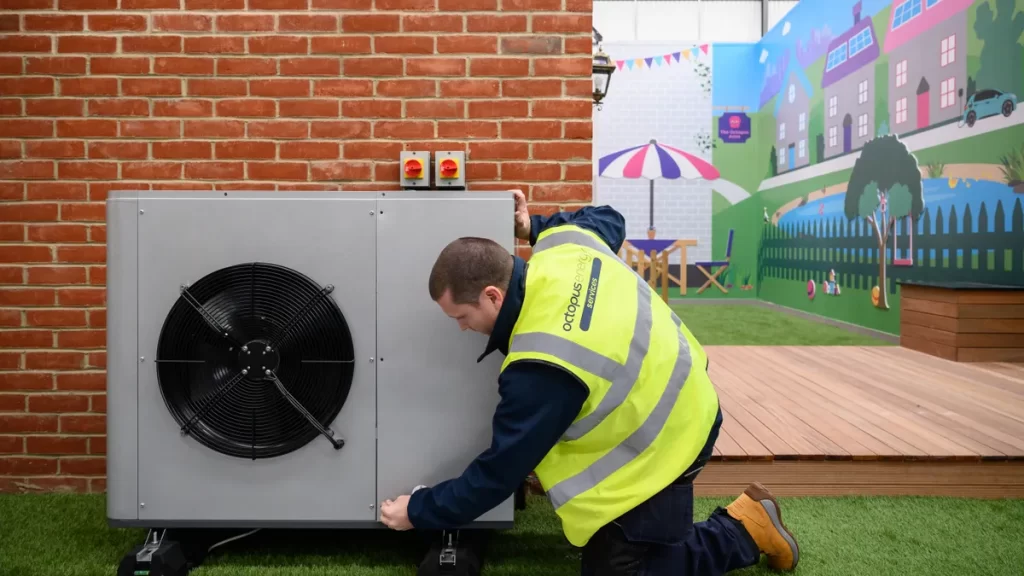Building a powerful online presence is essential for any business or individual looking to thrive in today’s digital marketplace. One of the most effective ways to achieve this is by leveraging high-quality, resellable PLR Private Label Rights digital products. These products allow you to rebrand, modify, and sell them as your own, giving you a unique edge in your niche. By utilizing PLR content, you can easily create a consistent and professional online presence without having to create everything from scratch. This allows you to focus on promoting your brand and building your audience, all while offering valuable products to your customers. When you choose high-quality PLR digital products, you ensure that the materials you are offering are valuable and relevant to your target audience. These products can range from eBooks, articles, and courses to graphics, videos, and software. The beauty of PLR is that it provides you with pre-made content that is ready for modification, saving you time and effort in content creation.

This means you can skip the initial stages of content development and jump straight into marketing and selling. With the right PLR materials, you can position yourself as an authority in your niche, while providing solutions to your audience’s problems. The resellable nature of PLR products is what sets them apart from other types of digital content. Not only can you rebrand and sell the product under your own name, but you also have the option to bundle, repurpose, and use the materials in various formats. This flexibility gives you the freedom to tailor the content to meet your customers’ needs while expanding your product offerings. For example, you can convert a written guide into a video course or offer a package of related eBooks that cater to different aspects of your niche. The possibilities are endless, which allows you to generate multiple revenue streams from a single PLR product. A key advantage of using PLR products is the ability to scale your online business quickly. As you accumulate a library of high-quality resellable content, you can steadily grow your product catalog without the overwhelming pressure of continuously creating new content.
This scalability is ideal for those looking to build a robust online store, membership site, or digital product funnel. With PLR content, you can consistently provide fresh materials to your audience while keeping your workload manageable. As your business grows, you can reinvest profits into acquiring more PLR products, further expanding your digital offerings. Another benefit of PLR products is the time-saving aspect. Content creation can be incredibly time-consuming, especially for those who are new to digital marketing or entrepreneurship and click here to find more detail visit plrdigitalproducts.net. PLR products eliminate much of this burden by offering pre-made content that can be quickly customized to fit your needs. Instead of spending days or weeks writing, designing, or recording new materials, you can focus on other important tasks like marketing, customer service, and business strategy. This efficiency allows you to hit the ground running and start generating revenue sooner.








